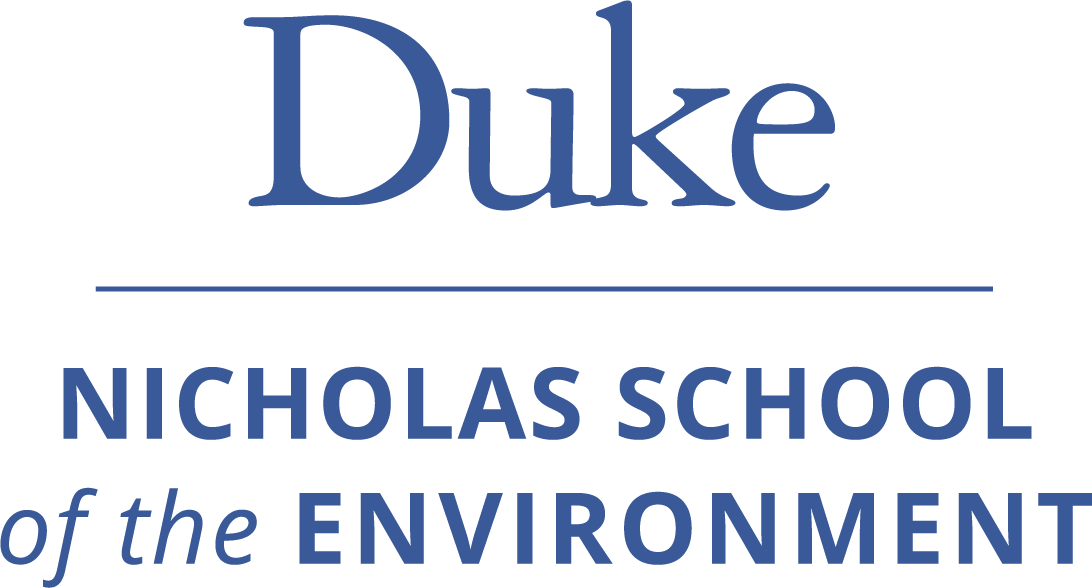Guide to remote sensing in Python#
On this website you will find the course materials for ECS211L taught at the Nicholas School of the Environment at Duke University in Spring 2025.
Overview#
This course is an introduction to remote sensing - the acquisition of data about the world from afar. Often this is in the form of digital imagery acquired by aircraft or satellites, but a variety of other types of remote sensing exist and are discussed in the class. The course provides an overview of the physical science principles involved in remote sensing, the instruments and platforms used to collect data, and the analysis of the acquired information. Topics include data acquisition and pre-processing, image enhancement, data classification, and visualization. The emphasis of the class is on pixel-based raster spectral data (such as satellite or drone imagery) but other types of remote sensing information - such as lidar, radar, and structure-from-motion (SfM) are also addressed in lectures and lab exercises.
Learning outcomes:#
Understand fundamental principles and concepts of remote sensing
Recognize the advantages and limitations of different types of remote sensing
Identify suitable types of remote sensing for specific environmental problems
Develop technical foundations to conduct a remote sensing project using established methods
Communicate project findings orally and as a short write-up
